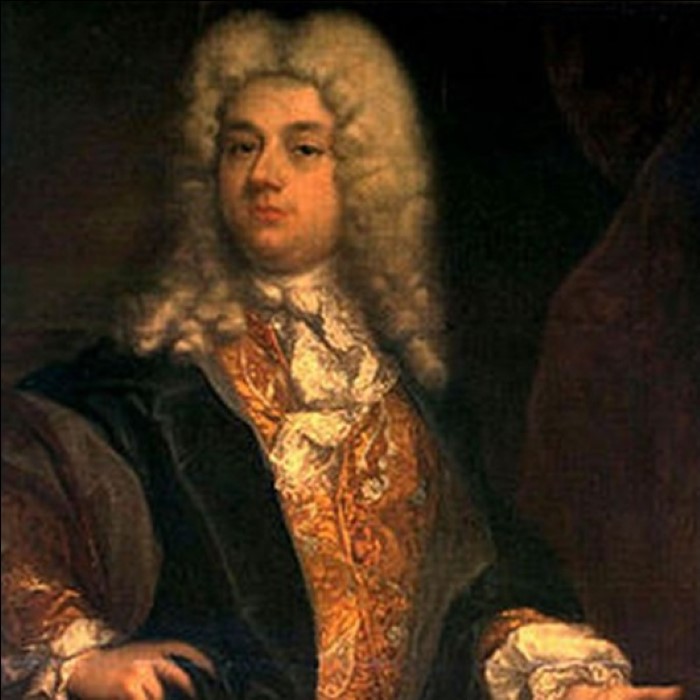Members
1 Male
Origin
Italian, Filottrano
Genre
 Composer
Composer
Style
Classical
Mood
---
Born
1 Male
Origin
Italian, Filottrano
Genre
Style
Classical
Mood
---
Born
1705
Active ---
![]() 1760
1760
Cutout![]()
No loved tracks found...
Artist Biography
Available in:
Giovanni Carestini (c. 1704 in Filottrano, near Ancona – c. 1760) was an Italian castrato of the 18th century, who sang in the operas and oratorios of George Frideric Handel. He is also remembered as having sung for Johann Adolph Hasse and Christoph Willibald Gluck.
Carestini's career began in Milan in 1719, patronised at the time by the Cusani family (hence the alternative name Cusanino). He sang for Alessandro Scarlatti in Rome in 1721. The scope of his burgeoning career quickly began to expand; he was at the Viennese court during 1723, and followed this up with performances in Naples, Venice and Rome again, singing in operas by Hasse, Leonardo Vinci, and Nicola Porpora. He created the role of Arbace in Vinci and Metastasio's Artaserse, which is known for its difficult and virtuosic arias. He sang in Munich in 1731 before coming to London to sing for Handel in 1733.
For Handel he sang the main roles in Arianna in Creta, Ariodante, and Alcina, and also performed in the oratorios Deborah, Esther, and Athalia. While in Naples in 1735, he commanded a fee higher than that of the renowned Caffarelli. Charles Burney records an entertaining anecdote from this time:
“Verdi prati, which was constantly encored during the whole run of Alcina, was, at first, sent back to HANDEL by Carestini, as unfit for him to sing; upon which he went, in a great rage, to his house, and in a way which few composers, except HANDEL, ever ventured to accost a first-singer, cries out: "You toc! don't I know better as your seluf, vaat is pest for you to sing? If you vill not sing all de song vaat I give you, I will not pay you ein stiver." ”
Following this peak, Carestini's career began to wane quickly. A London audience of 1740 was indifferent, and he returned to Italy in the early 1740s (singing in Gluck's Demofoonte in Milan in 1743), but was an employee of Maria Theresa by 1744. From 1747-49 he sang for Hasse in Dresden, and then moved to Berlin (1750–54), and then St Petersburg (1754–56). Audiences in Naples were actively displeased by his performances in 1758, and Carestini seems to have died not long after. One of his last appearances was portraying the title role in the world premiere of Gaetano Latilla's Ezio at the Teatro di San Carlo on 10 July 1758.
Wide Thumb
Clearart
Fanart

Banner
User Comments
 No comments yet..
No comments yet..